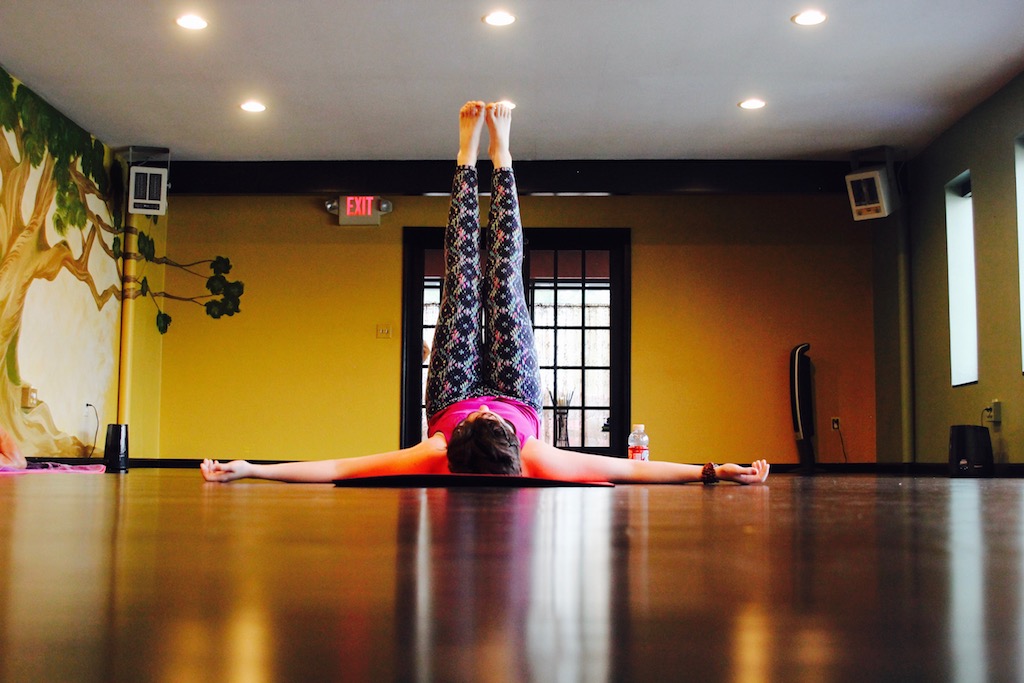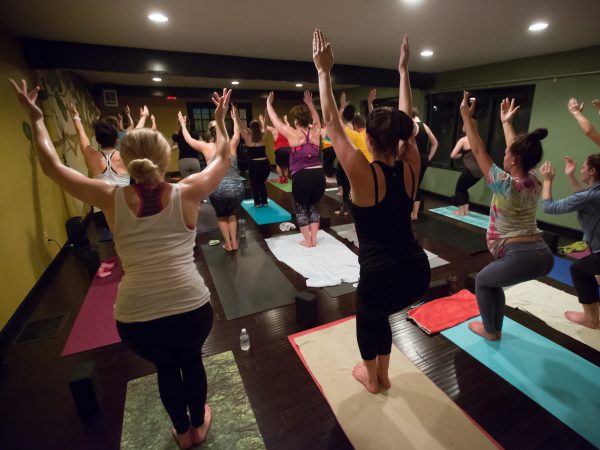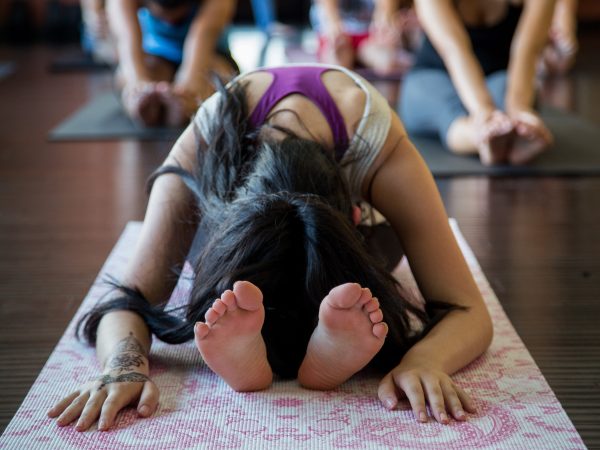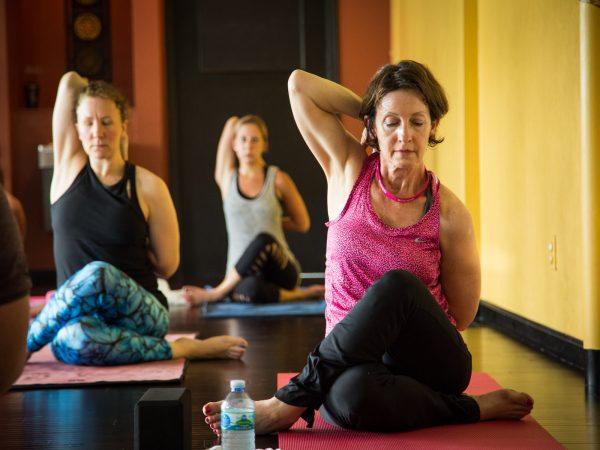Steel City Strong: What Is Trauma Informed Yoga?

As we struggle to feel safe, grounded, and present; we will embark on the beginnings of healing ourselves and our community. Through this 8 week series we will move through a gentle yoga series, starting the work of healing our bodies and growing together.
That all sounds great but what does it mean?! What is trauma-informed yoga?
First it is important to recognize the skills learned through trauma informed yoga aren’t for only those who have trauma symptoms, these skills are important for everyone. Trauma comes in all sizes, small or big, and includes general stress in our daily lives all of which impacts our bodies’ ability to self regulate.
Trauma-informed yoga is based on a framework of creating a safe space in which students can connect with their breath and increase their body awareness. Bringing this awareness to the breath decreases stimulus in the brain, enhancing relaxation. Combining breathwork with the practice of yoga can help re-establish good sleep patterns and in turn improve many other core systems within your body. Physical self- awareness is the first step in releasing the hurt of the past.
A trauma-informed yoga practice, can help students re establish control of their bodies and experiences, allowing for a self care to take place that helps the student rebuild internal and external trust. Finding gentle shapes as well as focusing on our breath and staying present allows one to practice self regulating their nervous system. Yoga as a healing modality for complex trauma has been practiced successfully for years—yet it’s only now that it’s being recognized as a scientifically validated approach.
This style differs from power flow in a variety of ways. First and foremost, a slow and gentle flow has been proven more effective in healing trauma than power flow’s faster, intense practice. The slow, steady movement encourages students to reconnect with themselves at their own pace, and learning they have control their movements and experiences throughout the practice (abilities they may have lost as a result of the trauma that occured.) Other differences are as follows: the instructor stays in one spot throughout the practice, cuing is through suggested shapes rather than pose names, and everything is an invitation- meaning whether you want to lay on your mat and breath, follow every direction, or something in between- go for it. You know your own body and it’s needs better than anyone else, and the information your body is giving you, is just that- information.
Currently, throughout our country and globally, we are experiencing trauma individually and collectively. The mission of this series is to share the trauma informed yoga practice, as well as build and grow our community. Healing together while practicing self care and learning to listen to what our body needs.
Sending each and everyone of you peace and love.
Namaste
– Sarah




